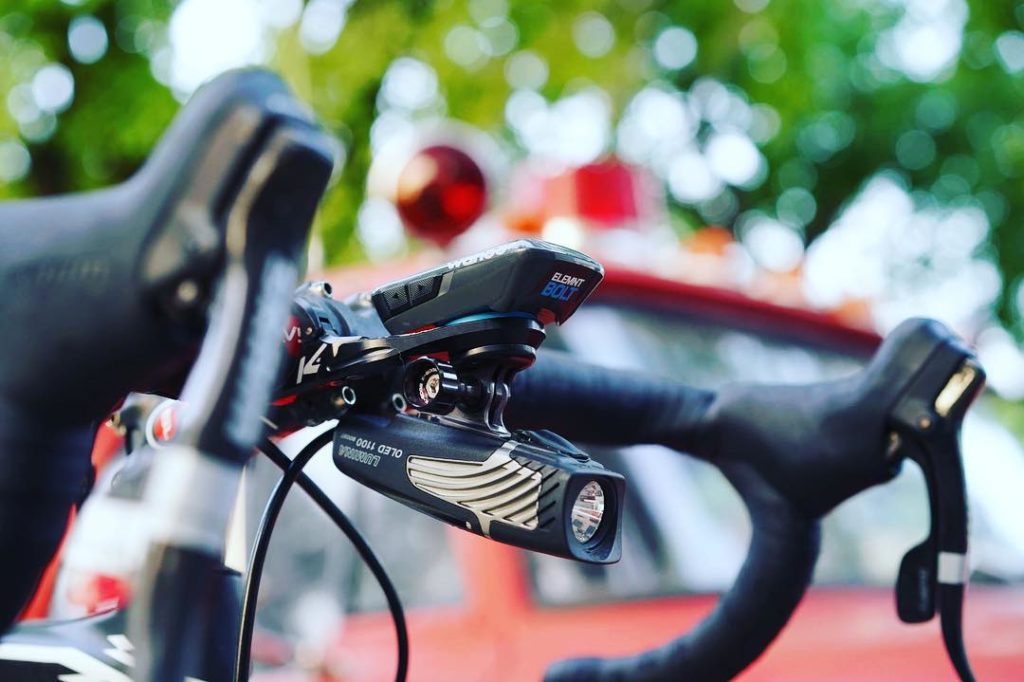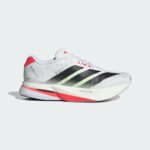
What is Bokeh

For those in the photography world, Bokeh is one of those cool sayings that gets tossed around a lot in reference to lenses and what they can produce. For those who aren’t familiar with the term, Bokeh simply refers to the blurry (out of focus) parts of a image or picture. In general, the more out of focus and blurry the background of a subject is, the more bokeh has been achieved.
What is Bokeh?
Bokeh (pronounced BOH-kay or BOH-ke) comes from the Japanese word BOKE (ぼけ or ボケ), which translates to mean “deliberately out of focus”. At some point the Japanese term Boke became Bokeh in English, which kept the same meaning.
A few months back I was taking a picture of my Felt AR1 next to an old red fire engine. The bike and the fire engine are mostly in focus, but in the trees there is some blurriness happening.
Bokeh And Aperture Priority Mode
Aperture Priority Mode usually represented by ‘A’ or Av’ on your camera’s settings dial allows you control the Depth of Field (DOF). This mode is often referred to as semi-auto or semi manual, since you are controlling the Aperture and the camera is automatically controlling the shutter speed and ISO settings.
To create a shallow DOF and more blur around a subject, you would select a larger aperture setting, something like (f/1.4 or f/1.8 or f/2.8 depending on your lens capabilities). The camera then would adjust the shutter speed accordingly. It may be a little confusing at first since a smaller f stop number represents a larger aperture. If you want more of the scene in focus, you would select a smaller aperture (f/22). As the aperture gets smaller, a longer shutter speed is needed. At a certain point the shutter speed will be too long to hand hold (usually around 1/60) and you will need to use something stationary like a tripod to hold the camera steady.
After taking a few pictures of the Felt and Bontrager wheels, I wanted to do a closeup of the the Wahoo cycling computer and blur the background with some killer bokeh.
To achieve the shot I was looking for I switched out my Sony 24-70mm f/4 lens for my Sony 55mm f/1.8 to create what you see above.
Tip: Use Aperture Priority Mode (A or AR) when you are attempting to control the Depth of Field (DOF) and use Shutter Priority (S or TV) when you want photograph a moving object to create more or less blur.
Sometimes the goal of the photographer is to get so much bokeh in their pictures that the background melts away and colors just remain. In this case the goal was to have the subject (the bug) in focus and the background (out of focus), but leave the cool green/yellow background.
As you can see there are several levels to a Bokeh effect and depending on what you’re trying to achieve and the lenses you use, the background will be more or less blurred.
Achieving Bokeh Using Macro and Telephoto Lenses
“Good” bokeh is especially important for macro lenses and long telephoto lenses, because they are typically used in situations that produce shallow depth of field. Portrait photographers will often employ a bokeh effect with their photography so that their subjects stand out against whatever background is behind them. It makes their subject almost appear 3-d.
In general, lenses that can go to a lower f stop number (larger aperture) will create more bokeh over ones with a higher f stop (smaller Aperture).
Lastly you also have to consider a lens’s focal length and the distance to the subject, which all can effect the Depth of Field and Bokeh that can be achieved.
Choosing An Optimal Lens for Bokeh
When choosing a lens, in general you want something that has a f stop of 2.8 or below. The shot above, with my friend and I clowning around, was shot with a Canon 70-200 f/2.8 and I think it achieve the desired bokeh effect. Normally the longer the lens’s focal length the more bokeh it can achieve. So for instance if you have a 50mm f/2.8 vs 200 mm lens f/2.8, the 200 mm lens will create more bokeh under certain situations.
























